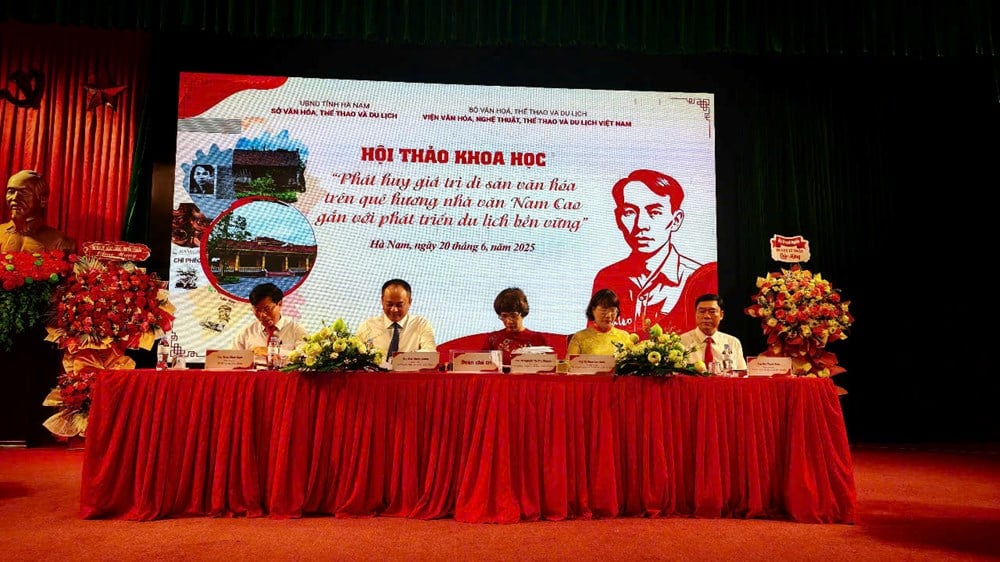
Nam Cao - Great realist writer
The workshop aims to continue to improve the effectiveness of the work of protecting, promoting and enhancing the values of cultural heritage in Nam Cao homeland, contributing to the development of tourism and local socio -economy.
The workshop was attended by representatives of Central Committees, Ministries and Branches; leaders of Ha Nam province; representatives of associations, scientists, researchers; localities and representatives of central and local press and media agencies.
Nam Cao's real name is Tran Huu Tri, born on October 29, 1915 in Dai Hoang village (Cao Da commune, Nam Xang district, Ly Nhan prefecture, now Hoa Hau commune, Ly Nhan district, Ha Nam province).
Since the works of writer Nam Cao were published and introduced to the public from the first half of the 20th century until now, his hometown, Hoa Hau commune in particular, Ly Nhan district in general, has been known by many readers and tourists as the land of unique tangible cultural values such as Dai Hoang communal house, temple and the memorial area of writer and martyr Nam Cao.
At the same time, this is also a land that preserves a rich intangible cultural treasure through traditional customs and festivals, especially folk knowledge about cuisine, with the famous braised fish dish of Vu Dai village.
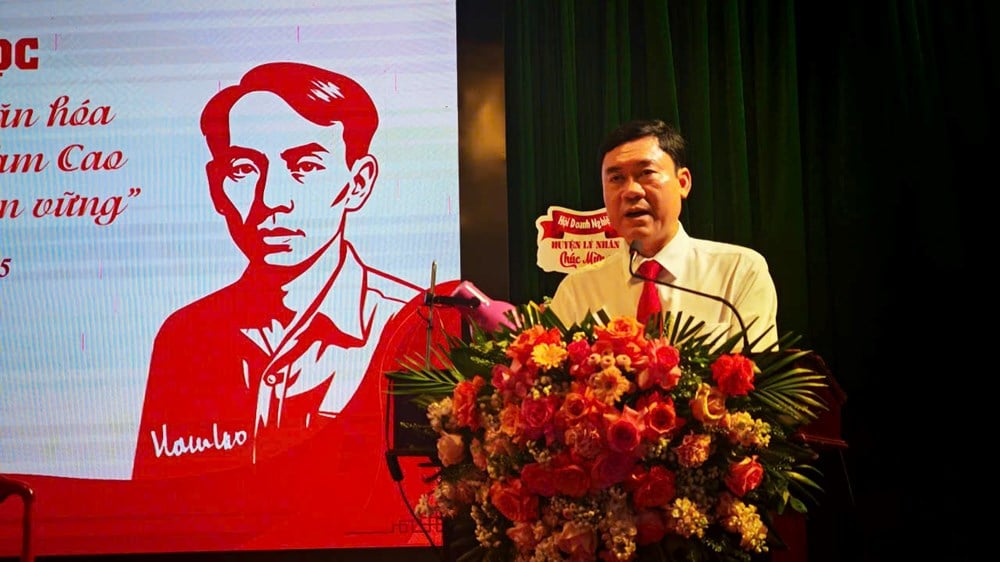
The harmonious combination of these tangible and intangible heritages creates a colorful tourism picture, promising to bring visitors authentic and profound experiences of the culture, history and human life of the lowland land. Effectively exploiting these cultural values not only contributes to promoting the local economy but also preserves and promotes the unique cultural identity of Hoa Hau.
Nam Cao was a great realist writer (before the August Revolution), a resistance journalist (after the Revolution), one of the most typical Vietnamese writers of the 20th century, with many important contributions to the perfection of the style of Vietnamese short stories and novels in the first half of the 20th century.
He was an outstanding writer of Vietnamese critical realism literature in the period 1930 - 1945, a typical writer of resistance literature and a typical humanist, who made many important contributions to Vietnamese literature and art in the first half of the 20th century.
With his great contributions to the country's literature, over the past seven decades, the Party and the State have taken meaningful actions to commemorate him, such as posthumously awarding the Ho Chi Minh Prize (1996), the program "Finding Nam Cao", and planning a humane tourist site to commemorate the writer and martyr Nam Cao in his hometown...
Preserving and promoting the value of Nam Cao's literary heritage
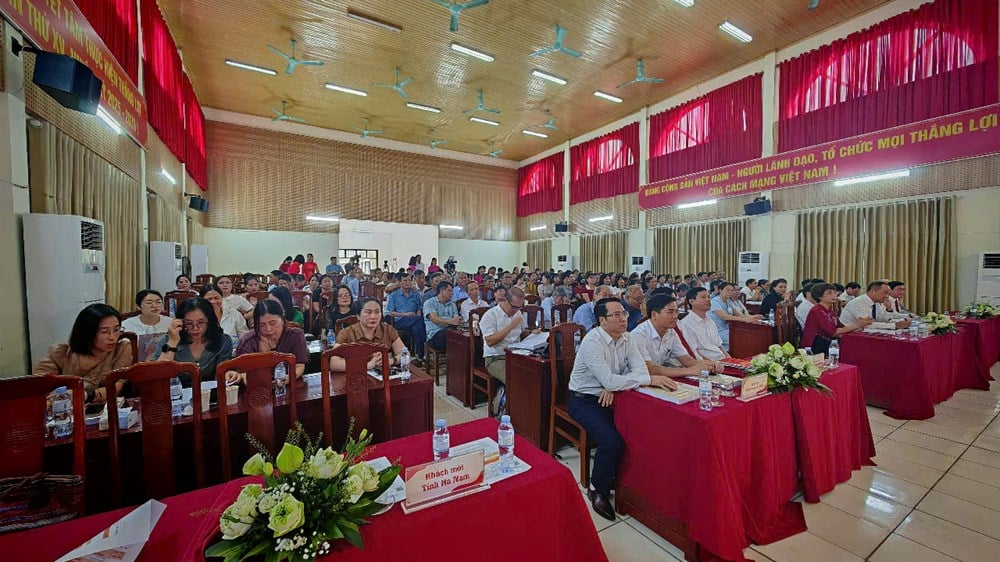
At the workshop, scientists and experts presented many papers in groups of topics: Overview and development orientation; Research and education on Nam Cao literary heritage; Development of literary tourism and sustainable tourism associated with Nam Cao heritage; Protection and promotion of the cultural heritage values of Nam Cao homeland.
Mr. Chau Hong Thuy, former Chairman of the Vietnam Literature and Arts Association in the Russian Federation, commented: “In the Russian Federation, some works by writer Nam Cao have been translated into Russian and are well received by readers because they reflect the real Vietnamese society associated with the historical period.
However, the number of Nam Cao's works translated into foreign languages is not much. I believe that if there are more works, it will contribute not only to preserving the value of Nam Cao's literary heritage, but also help the world know that Vietnam has another talented realist writer who is no less than the great writers of the world.
Dr. Architect Nguyen Thu Hanh, President of the Association of Sustainable Tourism Development Sciences, also presented a remarkable paper, a work that has won many awards for architecture and planning, which is the initiative "The 'Vu Dai Village of the Past' tourist area - the first cultural tourist area to exploit the value of Vietnam's literary heritage.

Concluding the workshop, Associate Professor, Dr. Nguyen Thi Thu Phuong, Director of the Vietnam Institute of Culture, Arts, Sports and Tourism, affirmed that Ha Nam province in general and Ly Nhan district in particular are lands rich in tradition, with generations of ancestors leaving behind a treasure trove of extremely valuable and rich cultural heritage.
Among them, Nam Cao's career stands out as a special cultural heritage, increasingly spreading and known by many people across the country and international friends.
In the intersection of tradition and modernity, Ly Nhan land with its old thatched roofs, the gentle Chau river and Dai Hoang village with the fragrant smell of kitchen smoke is also a vibrant artistic space, where writer Nam Cao sowed the seeds for his immortal literary works.
“Images such as Chi Pheo, Thi No, Lao Hac... in the works of writer Nam Cao do not only exist in the pages of books but have transformed into the identity and consciousness of an entire countryside, contributing to depicting the depth of humanity of the Vietnamese people...”, Associate Professor, Dr. Nguyen Thi Thu Phuong emphasized.
The tomb, Nam Cao Memorial Area, Dai Hoang village (now Hoa Hau commune, Ly Nhan district) and the entire living and working space of him have left their mark and contain many profound values in history, culture, society, education and art. This is a living symbol, reflecting the unique cultural identity of the Vietnamese community in the Northern Delta region, as well as the people in Ly Nhan, Ha Nam.
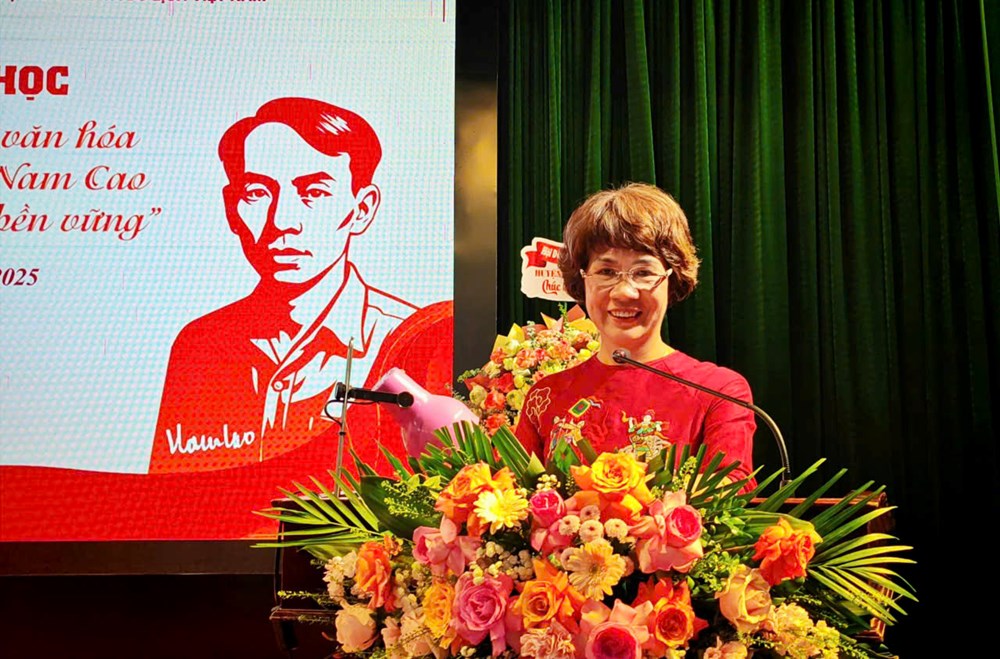
According to Associate Professor, Dr. Nguyen Thi Thu Phuong, the scientific conference was organized with the main objective of comprehensively evaluating the potential and value of Nam Cao's literary heritage and the cultural heritage of his homeland.
From there, propose practical and sustainable solutions to protect and promote these values effectively, while closely linking with tourism development strategies.
This is also an important scientific forum where scientists, managers and the community come together to discuss, share experiences and provide strategic directions. The ultimate goal is to effectively exploit the cultural and literary heritage of Nam Cao and his homeland, contributing to the overall socio-economic development of Ha Nam province and especially Ly Nhan district.
“From the presentations, we can see many new contributions, especially research directions approaching Nam Cao heritage as a soft resource for local development,” Ms. Phuong emphasized.
The novelty is reflected in connecting literary heritage with the sustainable development model: from the orientation of developing cultural-literary tourism corridors; applying cultural industry in communication and education; developing experiential literary tours; to integrating conservation with community livelihoods.
Some studies have boldly proposed models for digitizing literary heritage, ecological museums, and building creative products from Nam Cao’s characters and works. In particular, approaching Nam Cao’s works from the perspective of children’s literature, designing literary gift products, or building museums in a modern form inspired by international experience are all new and practical research suggestions.
“This place will not only become an attractive destination for domestic and international tourists but also gradually realize the vision of becoming the “world’s leading local cultural destination” as some researchers and journalists have expected,” Associate Professor, Dr. Nguyen Thi Thu Phuong expressed.
Source: https://baovanhoa.vn/van-hoa/bao-ton-va-phat-huy-gia-tri-di-san-van-hoc-nam-cao-144596.html



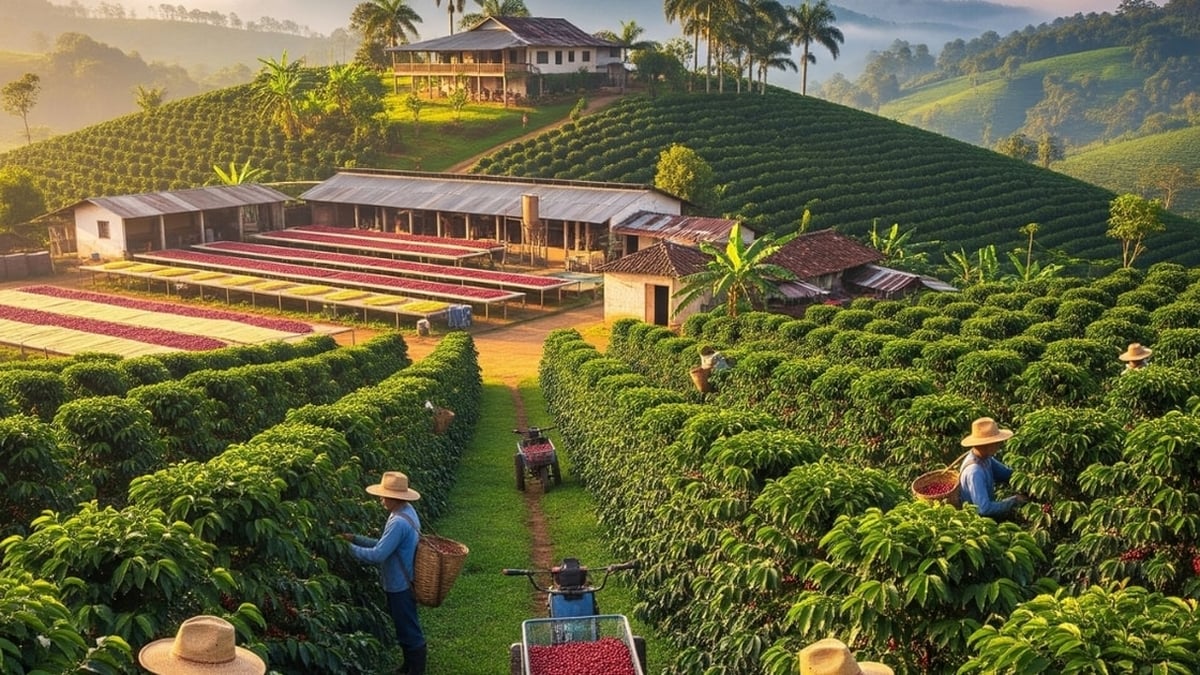
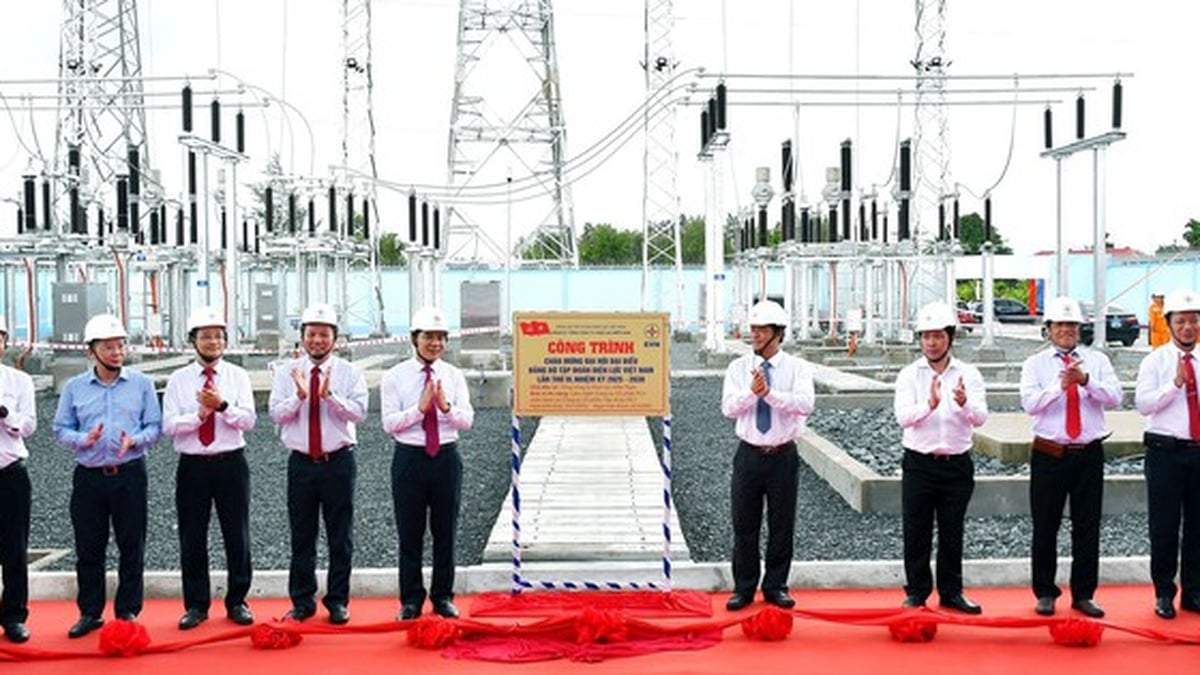



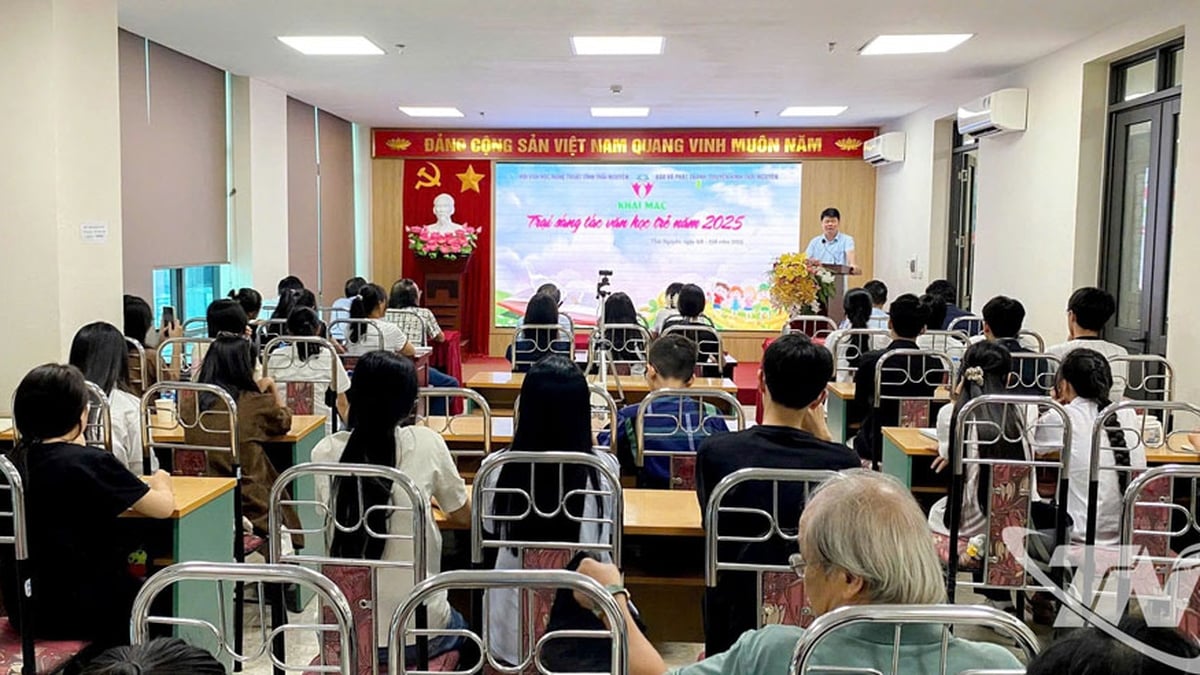
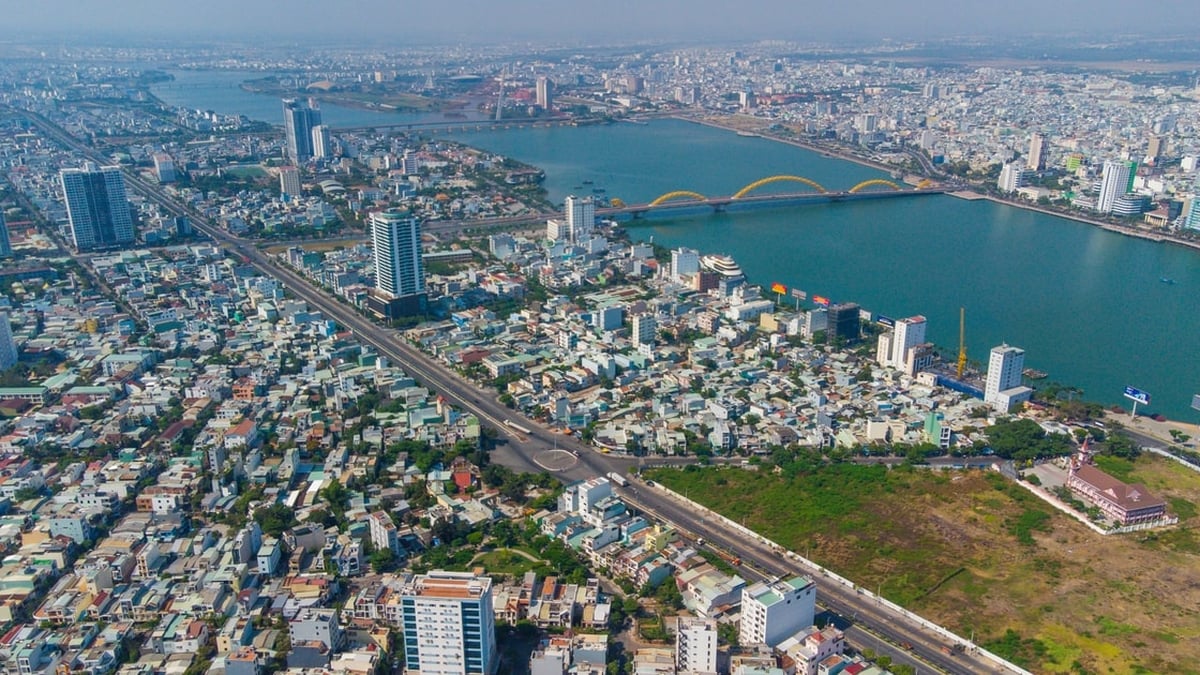

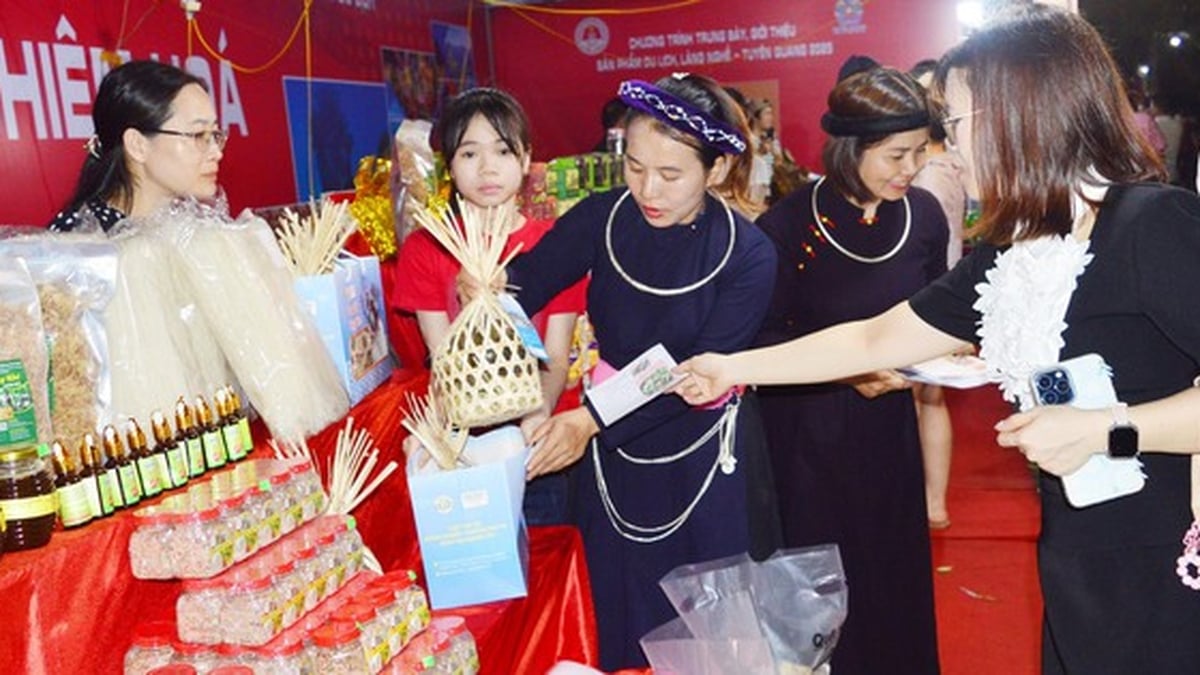










![[Photo] Nghe An: Provincial Road 543D seriously eroded due to floods](https://vphoto.vietnam.vn/thumb/1200x675/vietnam/resource/IMAGE/2025/8/5/5759d3837c26428799f6d929fa274493)
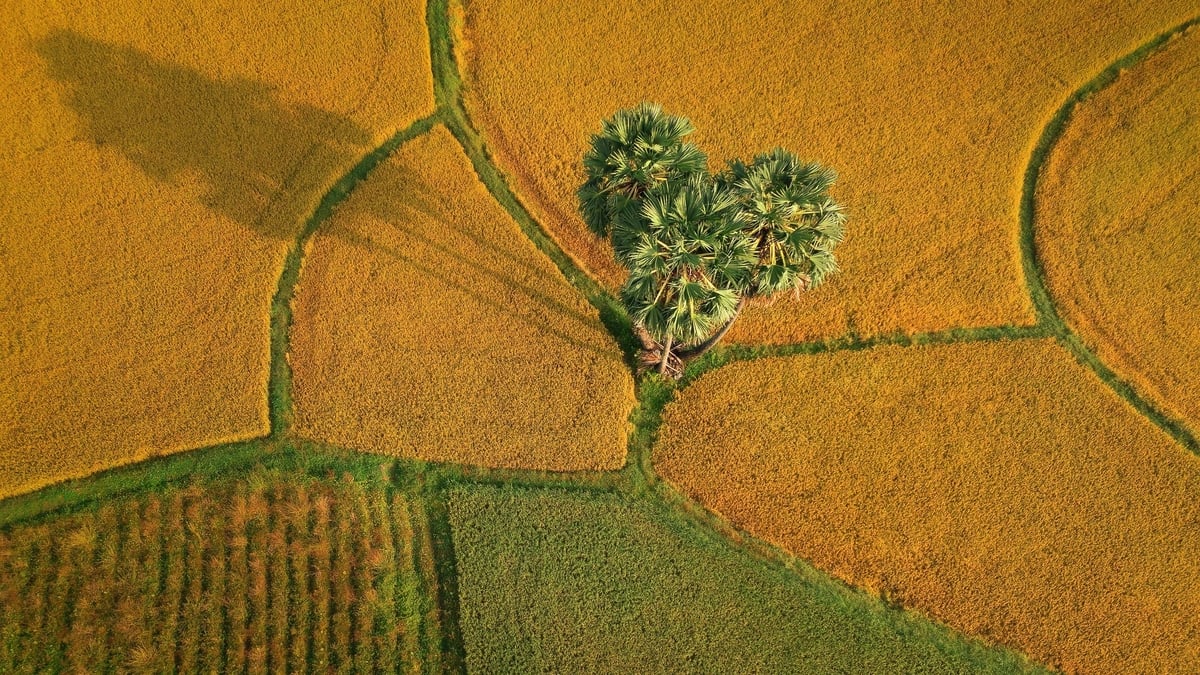




![[Photo] Discover the "wonder" under the sea of Gia Lai](https://vphoto.vietnam.vn/thumb/1200x675/vietnam/resource/IMAGE/2025/8/6/befd4a58bb1245419e86ebe353525f97)



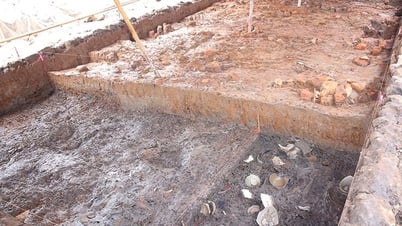

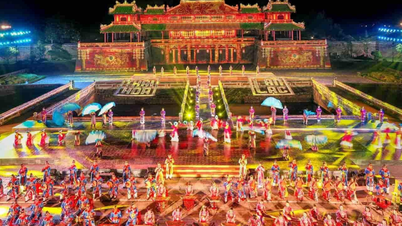



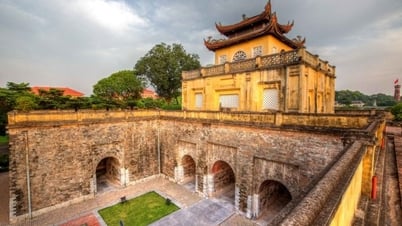

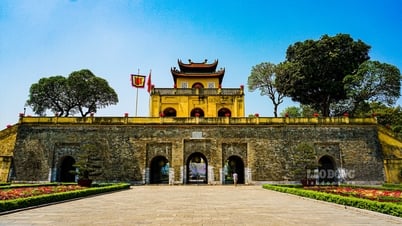

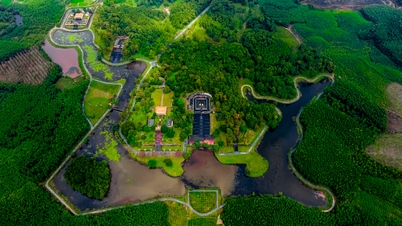

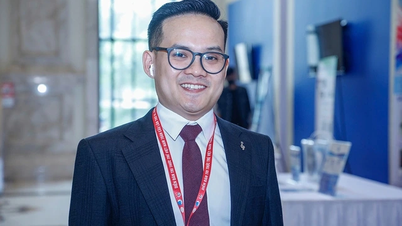


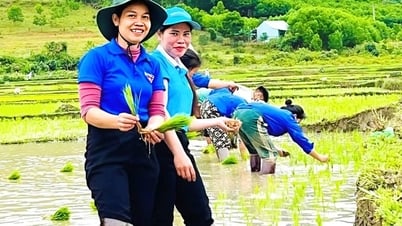







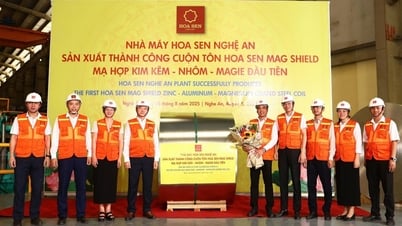

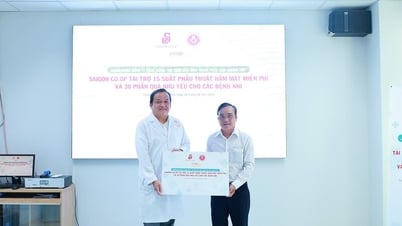






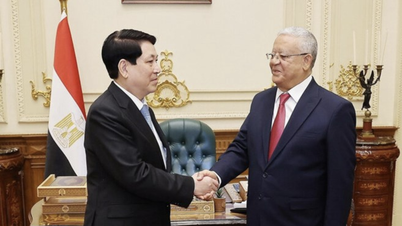
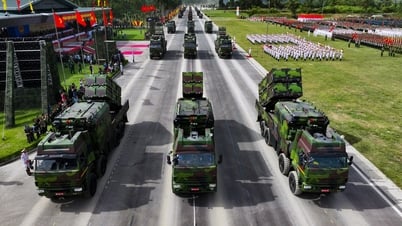
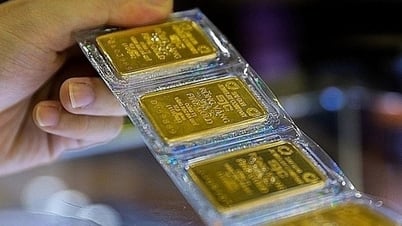


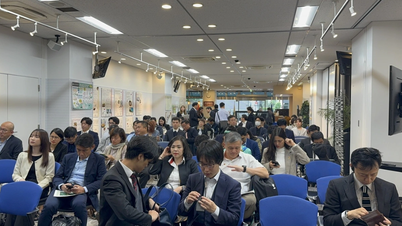


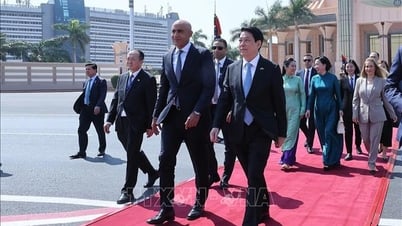



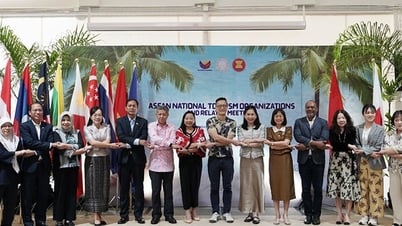









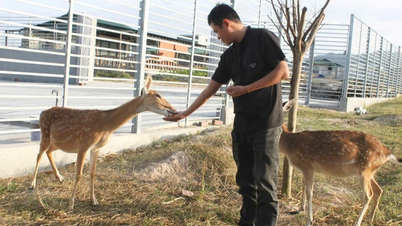

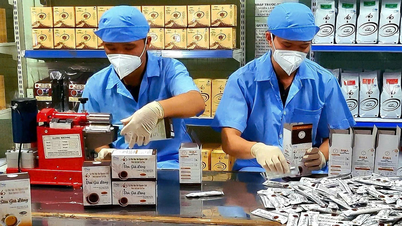






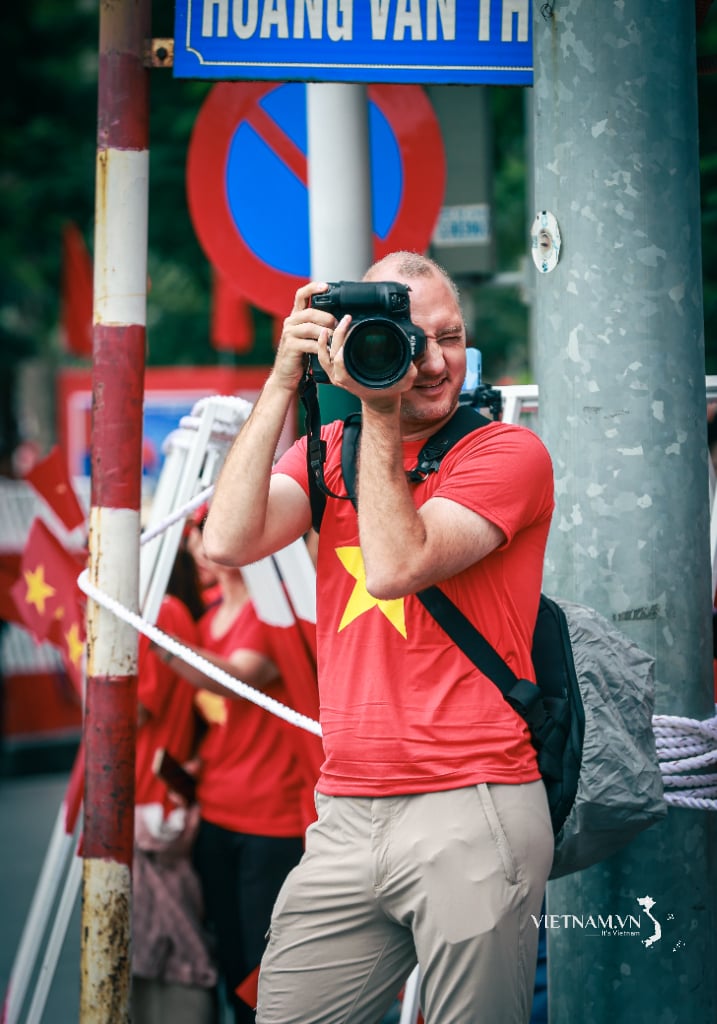
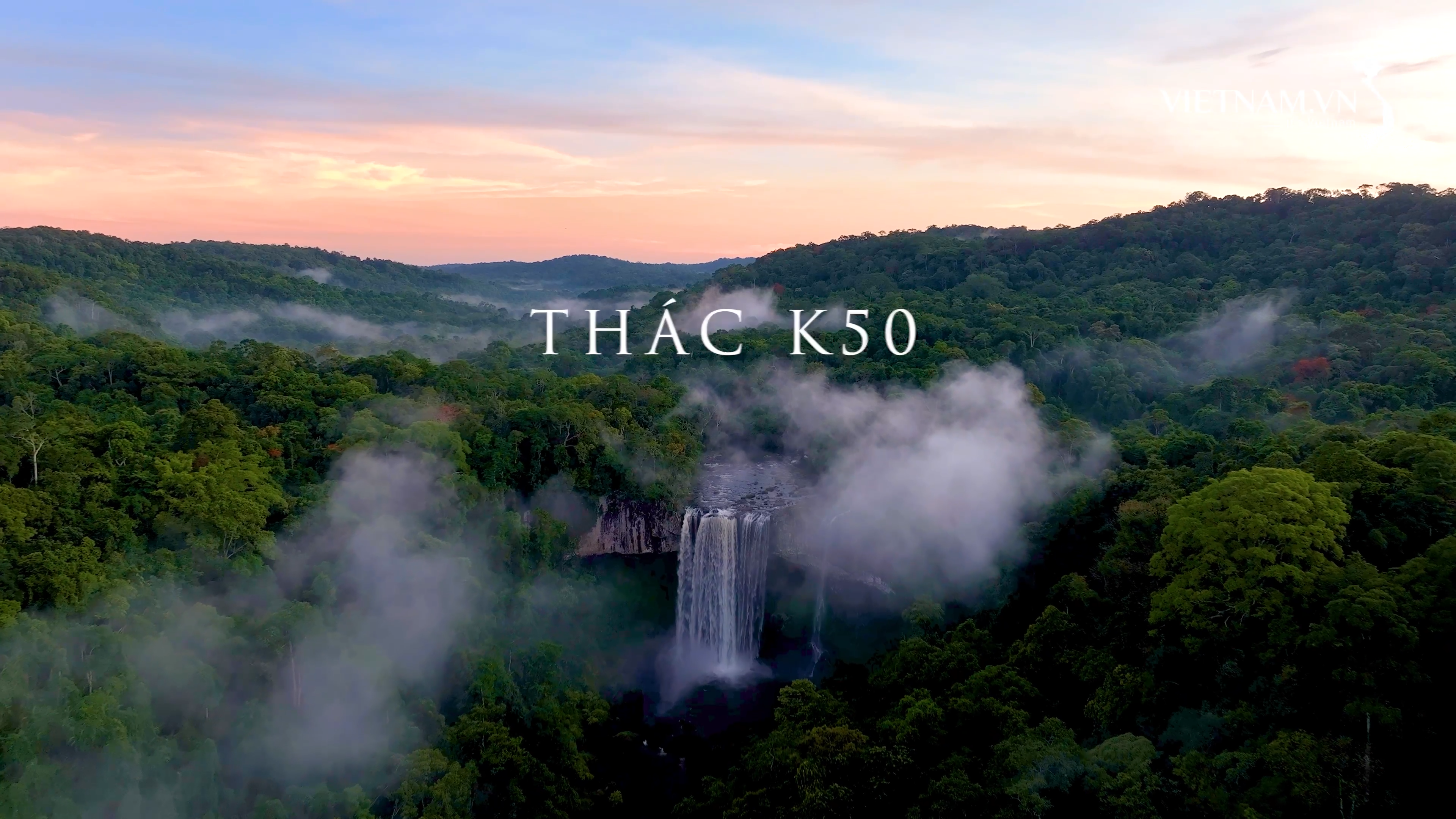
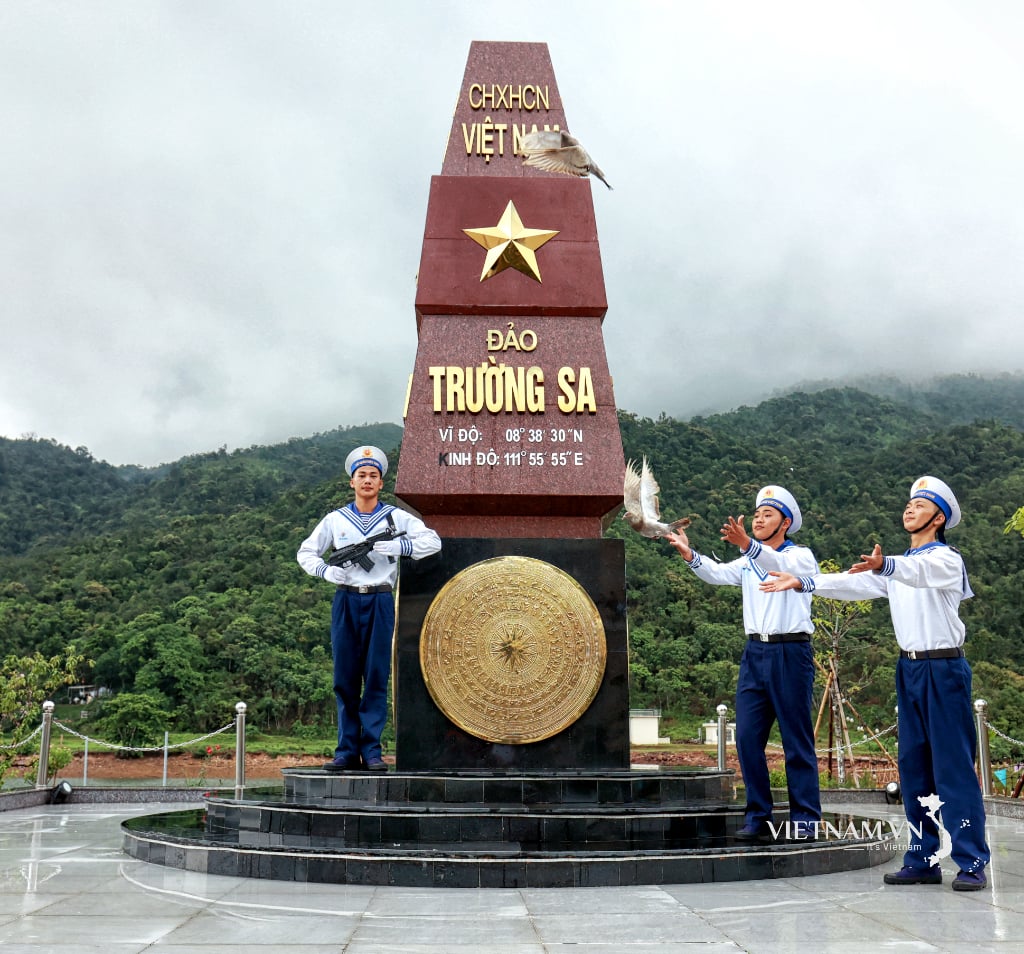
Comment (0)